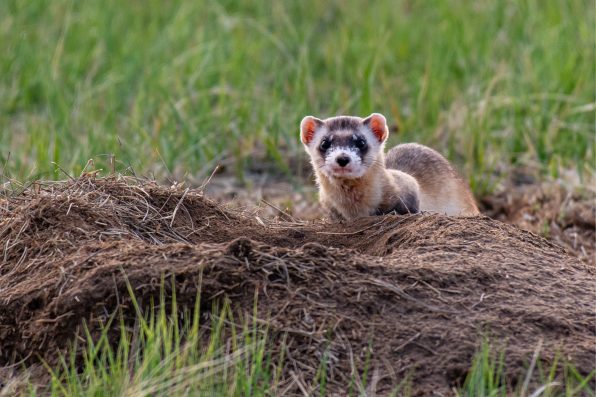For the first time, a clone of an endangered species of ferrets has given birth to babies. The mother is a black-footed ferret named Antonia.
She was the clone of another ferret named Willa, whose genetic material and tissue samples were collected in 1988. Her DNA has been kept at the San Diego Zoo’s Frozen Zoo.
Compared to the current population of black-footed ferrets, Willa was genetically diverse. Scientists hope that cloning her genetic material will boost the species’ chances of survival.
“The successful breeding and subsequent birth of Antonia’s kits marks a major milestone in endangered species conservation,” said Paul Marinari, the senior curator at the Smithsonian Institution’s National Zoo and Conservation Biology Institute in Front Royal, Virginia.
Black-footed ferrets are also known as American polecats or prairie dog hunters. They are one of the most endangered mammals in the United States.
A combination of habitat loss, diseases such as the sylvatic plague, and a lack of prairie dogs, which are their main food source, contributed to their decline.
The ferrets were once considered extinct in the wild, but in the early 1980s, a small population was rediscovered in Wyoming. Since then, conservationists have helped the species recover through traditional breeding programs and cloning.
All living black-footed ferrets, aside from the clones of Willa and their newborn babies, are descendants of the last seven individuals that were found in the wild.
As a result, the remaining population is not very genetically diverse. This poses a problem because inbreeding can make the species more susceptible to disease and reduce its ability to adapt to different environments.

Sign up for Chip Chick’s newsletter and get stories like this delivered to your inbox.


